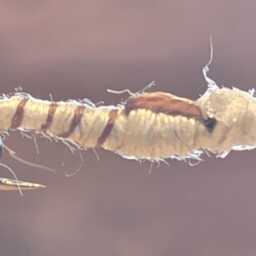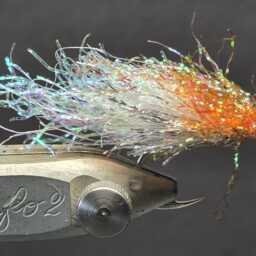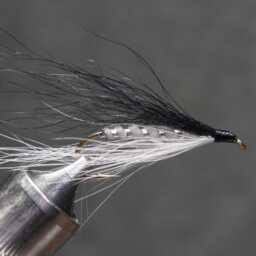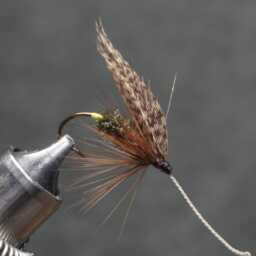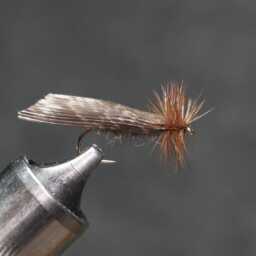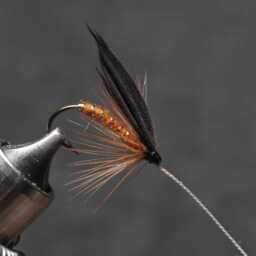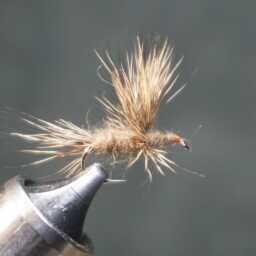The western jackdaw, also called the Eurasian or European jackdaw, belongs to the crow family and inhabits Europe, western Asia, and North Africa. Known for its distinct black plumage with a grey nape and pale-grey irises, it measures around 34–39 centimeters in length and weighs about 240 grams. It lives in varied habitats, showing intelligence and sociability, and exhibits omnivorous feeding habits, consuming both plant material and invertebrates, as well as scavenging urban food waste.
In terms of nesting, these birds are monogamous and build simple stick nests in various locations. Their eggs, about five in number, are pale blue or blue-green with brown speckles and are incubated by the female. The young jackdaws fledge within four to five weeks.
There’s minimal size variation across its geographic range, although slight differences exist in plumage coloration, particularly around the nape and underparts. The western jackdaw’s flight patterns and physical features, like its short bill and grey nape, help distinguish it from similar species such as the rook, pigeon, or chough. Despite sharing similarities in behavior and appearance with the Daurian jackdaw, the Western jackdaw differs notably, especially in its plumage and eye coloration.
Furthermore, its flight abilities, including tight maneuvers, gliding, and distinctive wing beats, set it apart from other corvids. While its feathers are used in fly tying due to their unique properties, like natural iron dun feathers, which are uncommon and valued for creating fishing flies.
« Back to Glossary Index
